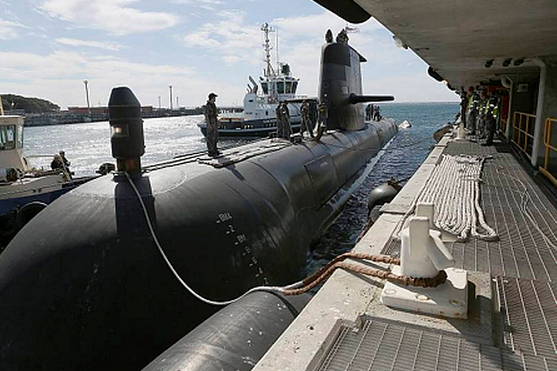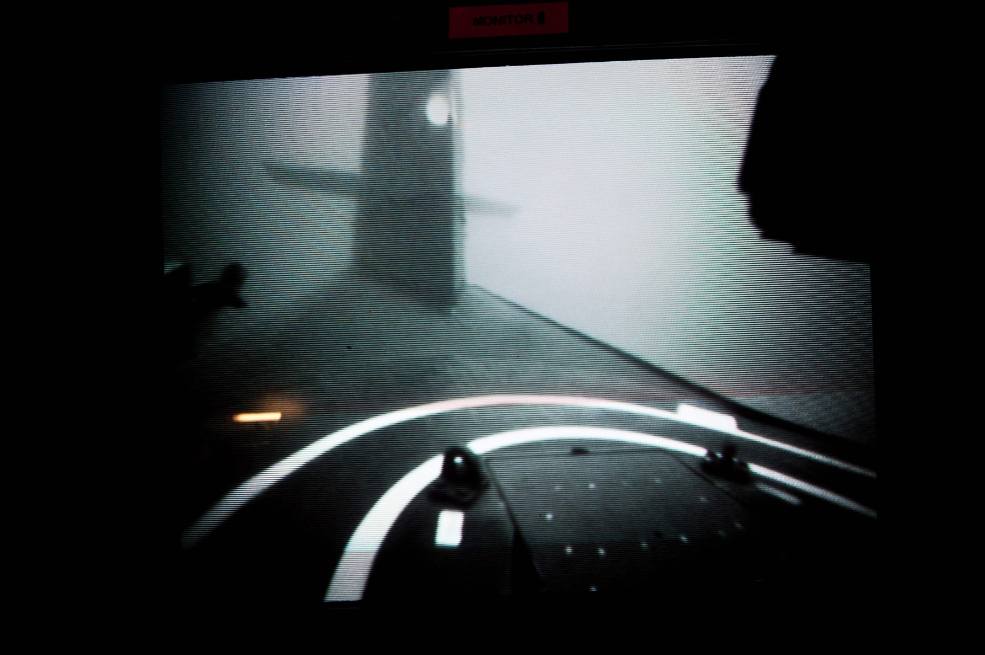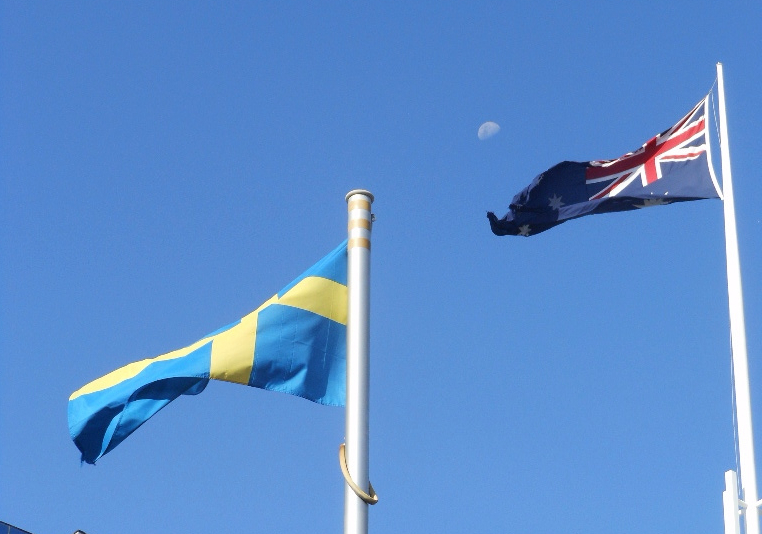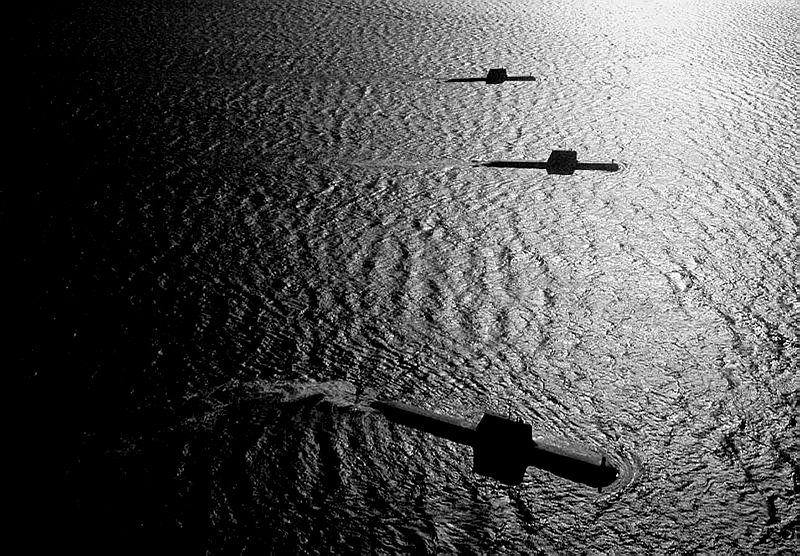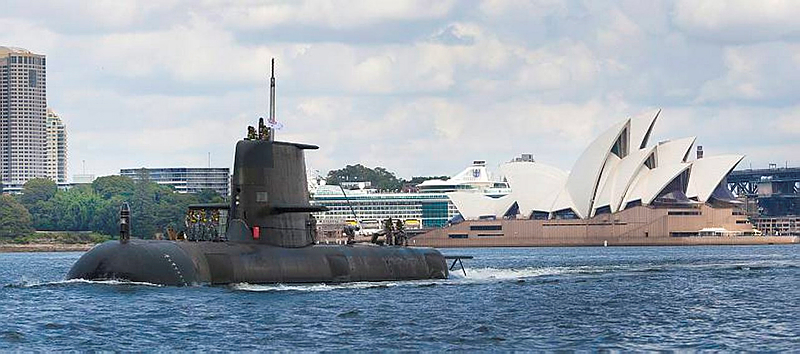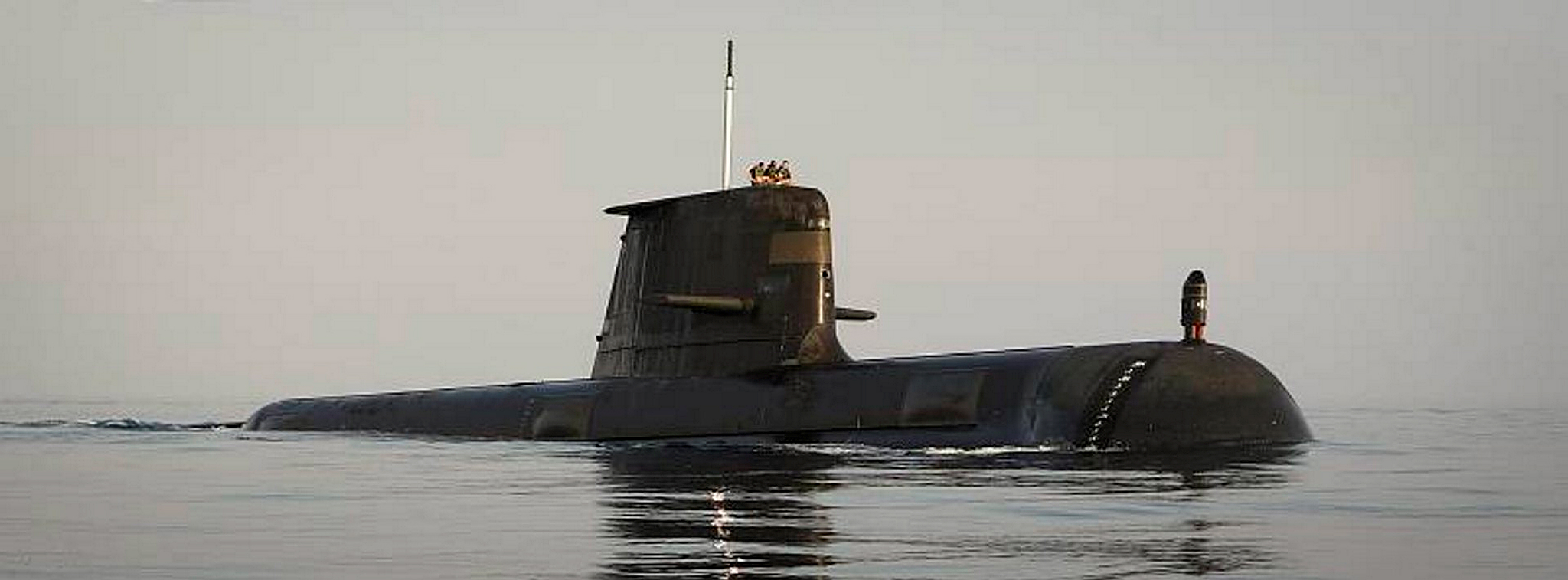How many submarines? (part 2)
We saw yesterday how geography helps determine the number of submarines required for a credible deterrent capability. But that’s not the end of the story. The characteristics of the submarines themselves are also important. For example, the speed of advance is the critical factor in determining how long it will take a submarine to complete the transit to and from a patrol area. This speed is determined not only by the submarine’s own design, but also by external factors such as weather, ocean currents, the need to remain covert to achieve the mission and level of ASW surveillance/threat. Design features of the submarine, such as hull shape and the rate at which it can recharge its batteries (and their capacity) will determine how it performs in those environments. Not all designs are equal; these features are all critical attributes that need to be balanced and optimised in the design of the future submarine. My brief summary understates the challenge and complexities involved in achieving this.
The external factors will vary during the course of a transit and the mission profile will be adapted ‘on the fly’ to accommodate these variations. Typically the submarine will ‘snort’ (run its diesels to recharge the batteries) at a slow speed and for a limited time, exploiting local acoustic and environmental conditions where possible to reduce counter detection risks, before going deep to run at higher speed using power from the battery to cover the ground. To avoid snorting in a high threat/surveillance situation in the choke points enroute to the patrol area, it’s possible that an air independent propulsion system may have to be used—though that’s generally a limited resource. Read more
